Exhaust Manifold Grand Cherokee 5.7
from 289,00€ incl. VAT.
incl. VAT plus shipping costs
2005 – 2008
Ready for dispatch in 1-2 days
Exhaust manifold for Jeep Grand Cherokee 5.7 from 2005 to 2008
Mopar comparison numbers: 53013605AB, 53013606AB
Details:
- The exhaust manifolds are precision-manufactured and designed for high durability
- The exhaust manifolds offer a perfect fit and function that match those of the original manifolds
Fits:
| Year | Brand | Model | Version | Engine |
| 2008 | Jeep | Grand Cherokee | Limited, Overland | 5.7L |
| 2007 | Jeep | Grand Cherokee | Limited, Overland | 5.7L |
| 2006 | Jeep | Grand Cherokee | Limited, Overland | 5.7L |
| 2005 | Jeep | Grand Cherokee | Limited | 5.7L |
There are several reasons why the exhaust manifolds on the Jeep Grand Cherokee 5.7 occasionally cause problems and need to be replaced.
- Material quality and heat stress: The exhaust manifolds are exposed to high temperatures and pressure fluctuations. If inferior materials are used or the manufacturing quality is not optimal, cracks can occur. The heat stress on the manifolds can be increased, particularly during intensive use, such as towing trailers or in frequent stop-and-go traffic.
- Thermal expansion and contraction: When the engine is running, the exhaust manifolds heat up and cool down again when the vehicle is parked. This cycle of thermal expansion and contraction can lead to signs of fatigue and cracks over time, especially if the manifolds are not sufficiently dimensioned or are not cooled effectively.
This problem is exacerbated by cylinder deactivation. - Assembly and tightening torque: Improper installation of the exhaust manifold can lead to problems. If the bolts or nuts are not tightened correctly, this can lead to leaks. Excessive tightening torque can also stress the manifolds themselves and cause cracks.
- Vehicle age and wear: As with many vehicle components, exhaust manifolds are subject to natural wear and tear over time. The older the vehicle gets and the more kilometers it covers, the more likely it is that signs of wear will occur.
To minimize problems with the exhaust manifolds, regular maintenance is crucial. This includes checking for leaks, the correct tightening torque during assembly and, if necessary, replacing parts that show signs of wear or damage.
Defective manifolds are particularly noticeable through ticking noises when the engine is cold, which diminish or disappear after a short time.
| Weight | 7 kg |
|---|---|
| Dimensions | 50 × 23 × 16 cm |
| Side |
left ,right ,left + right |
Product safety
Manufacturer information
Kraftwerk GmbH & Co. KG
Industriestr. 2
36088 Hünfeld
https://kraftwerk-shop.cc/kontakt/
Only logged in customers who have purchased this product may leave a review.



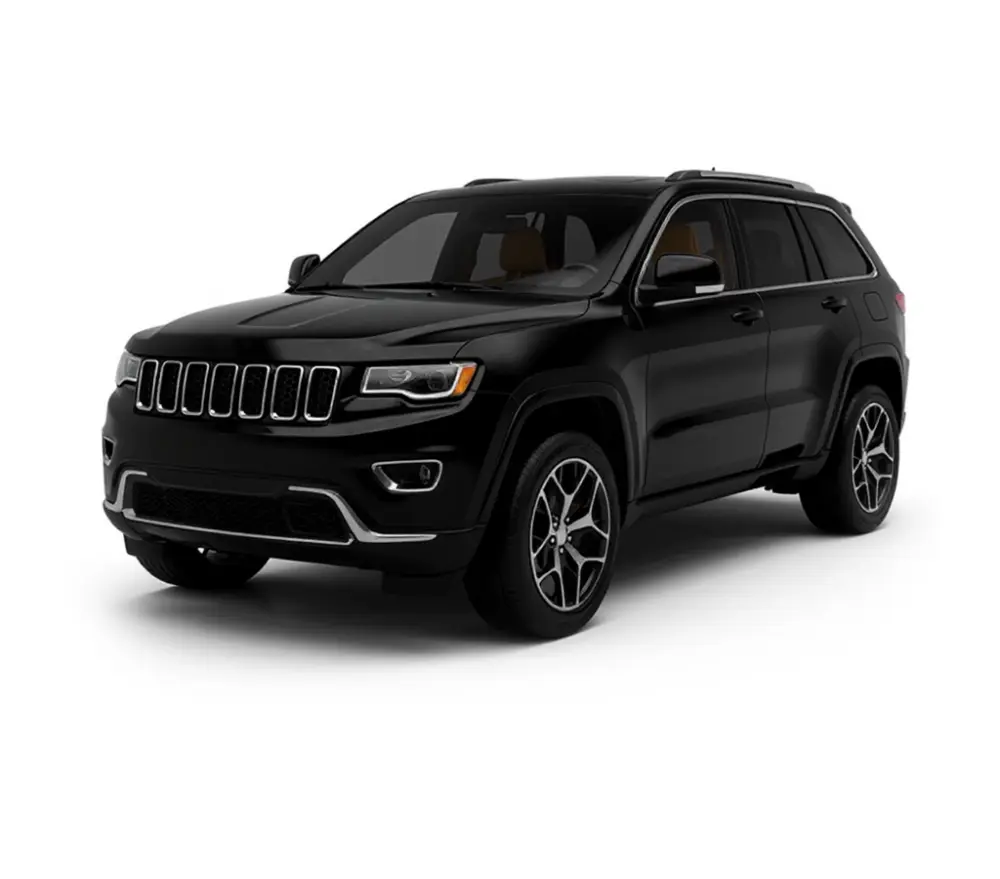
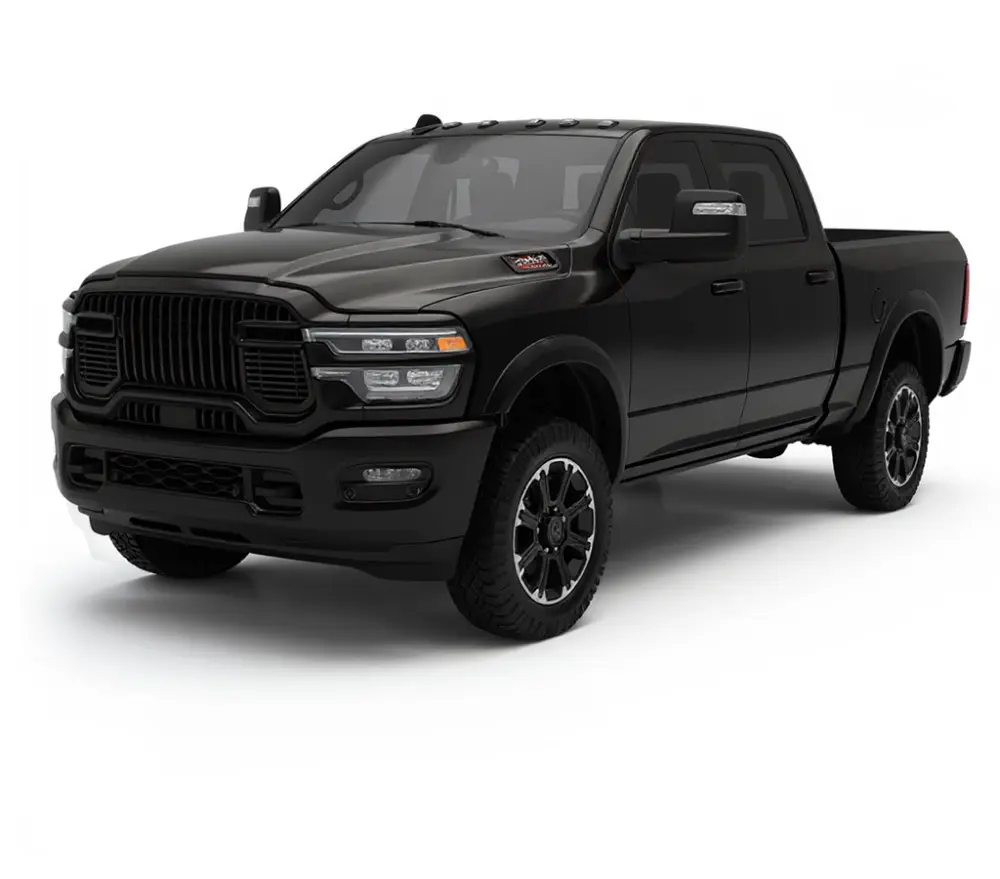


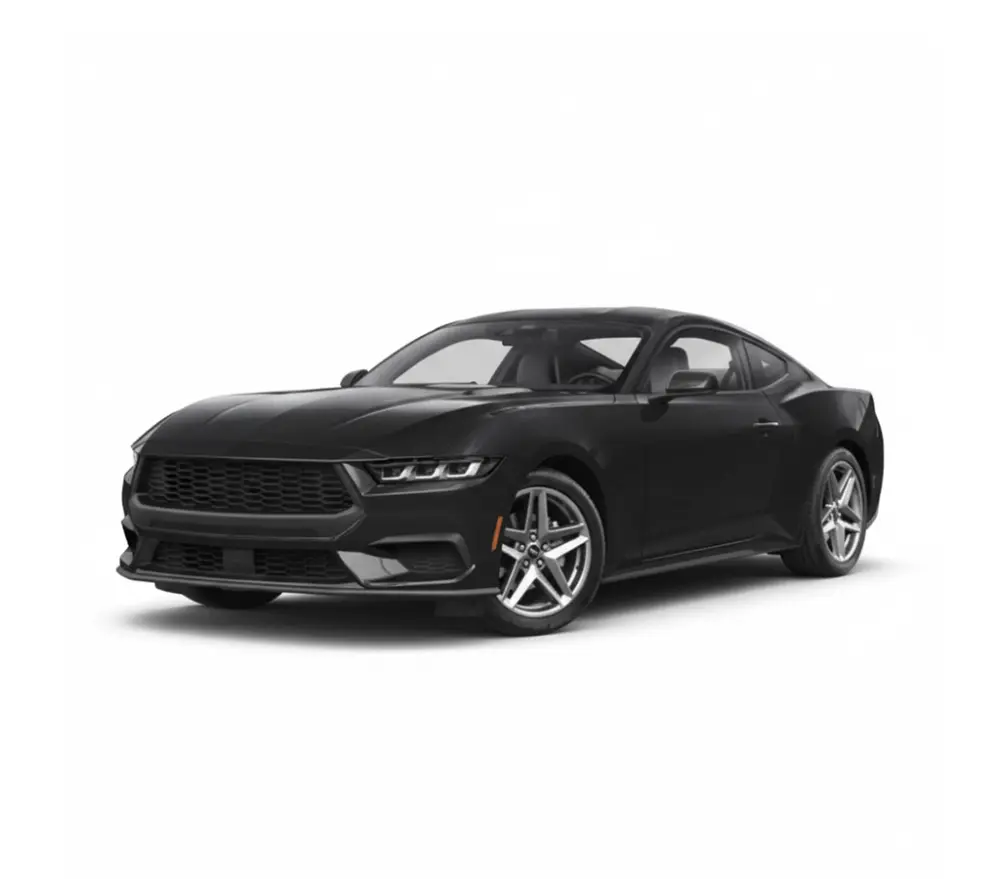
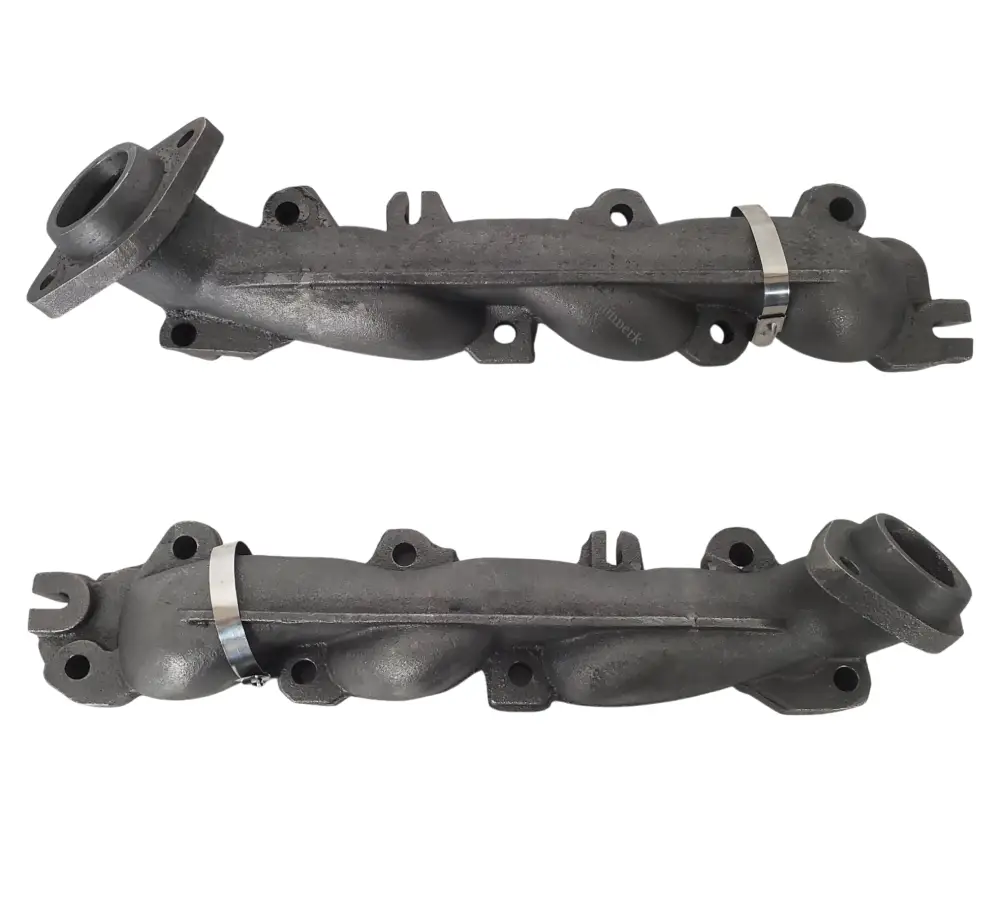
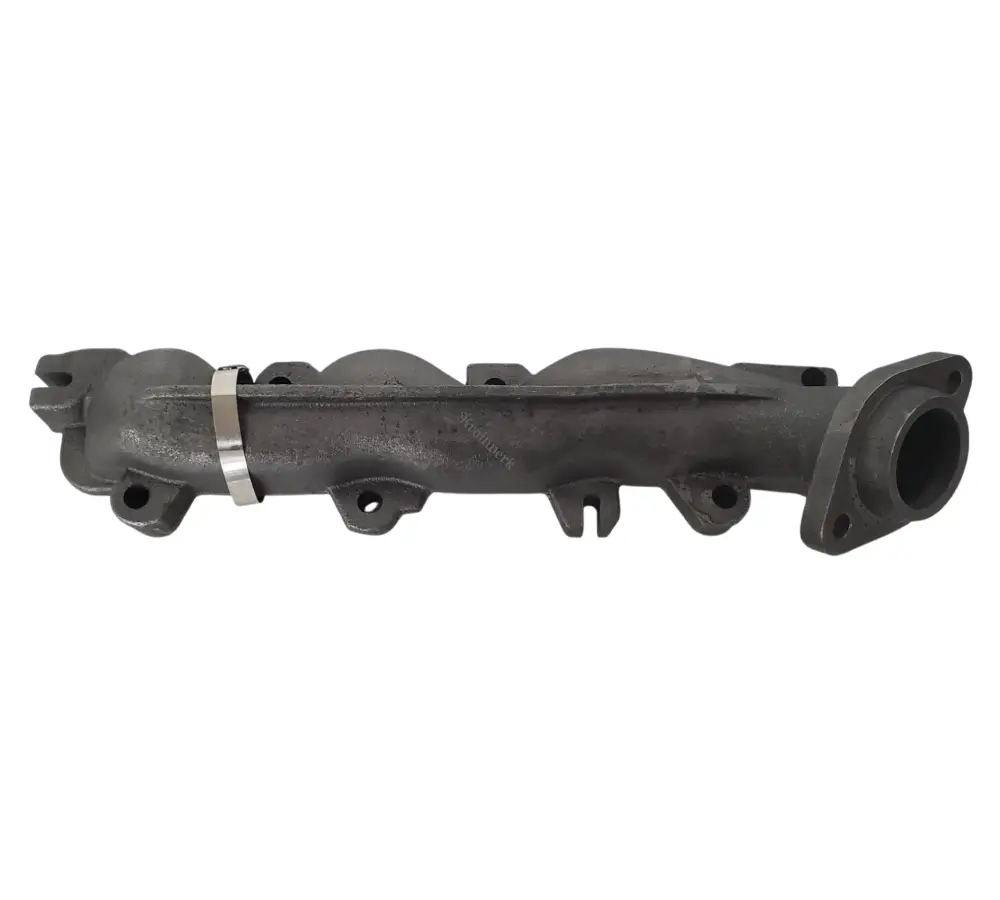
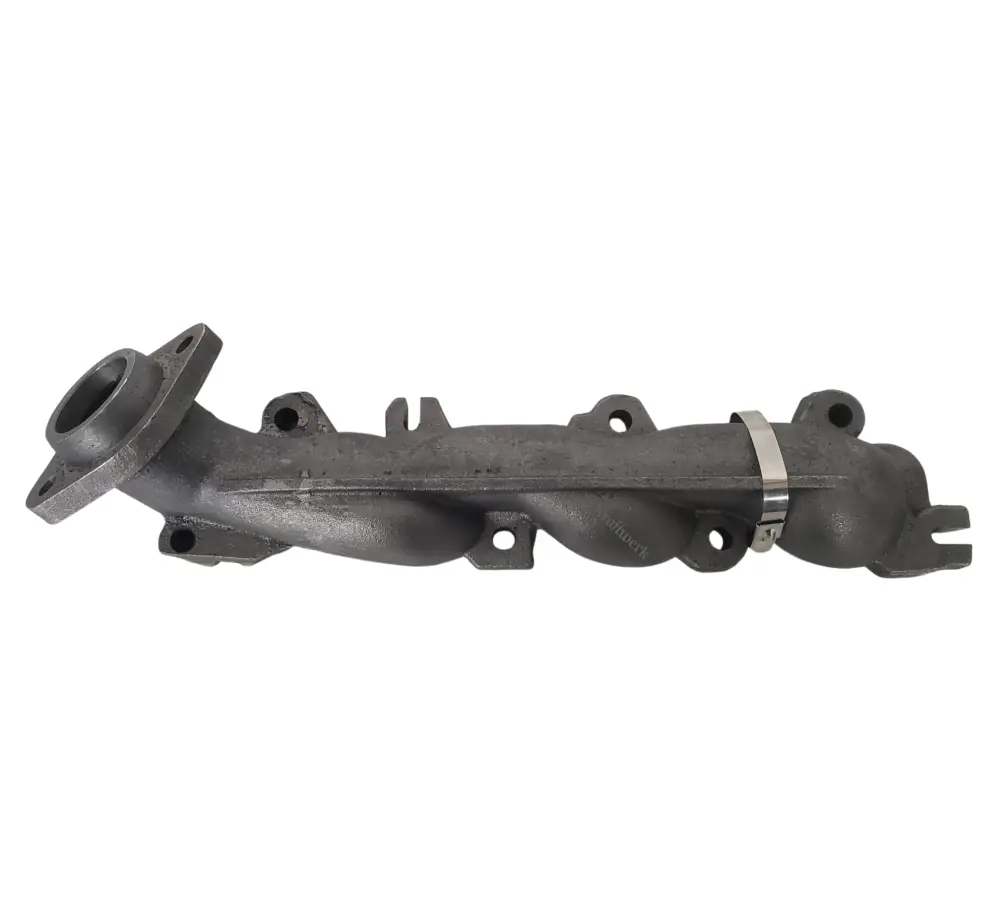
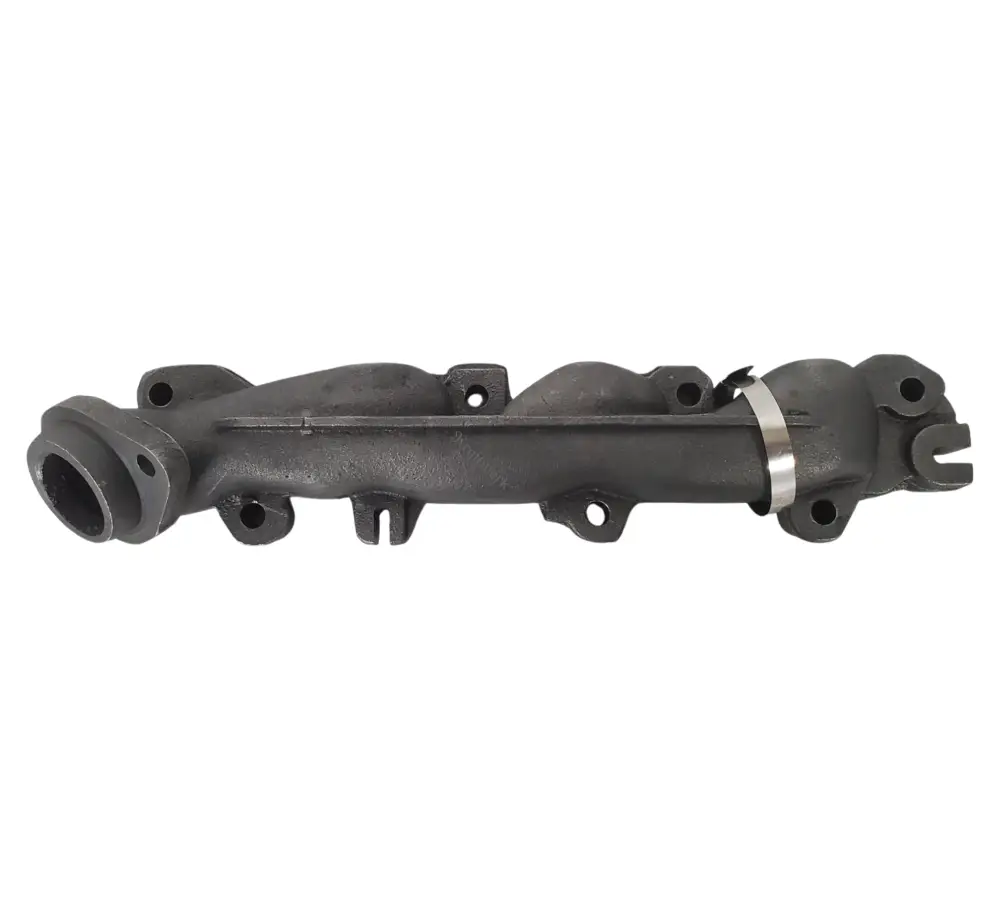
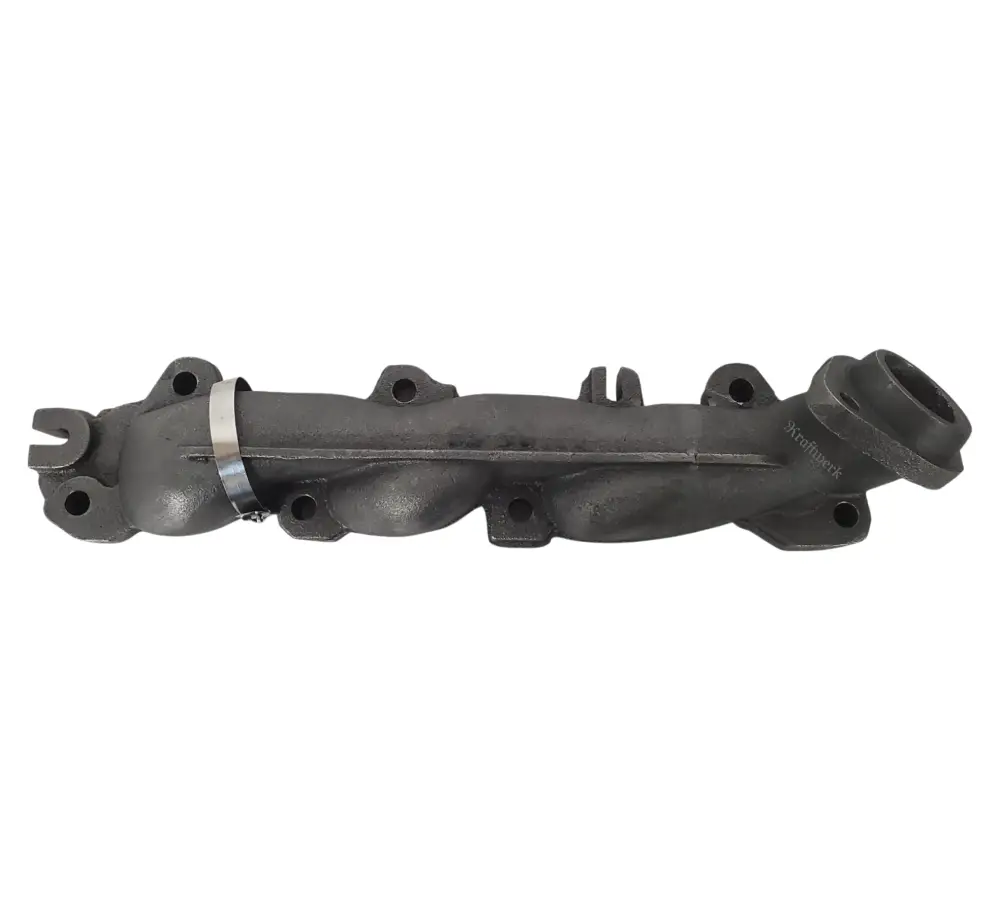
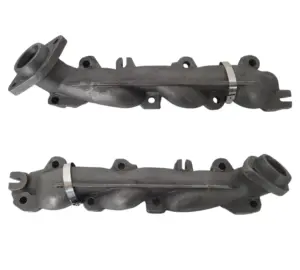
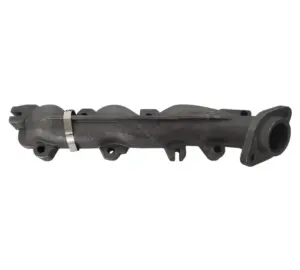
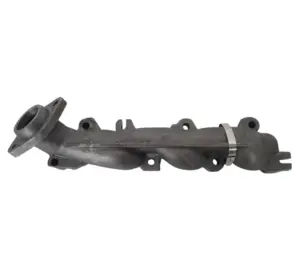
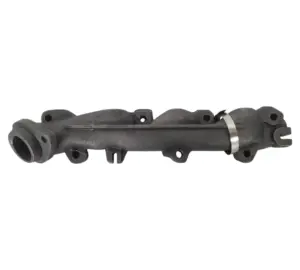
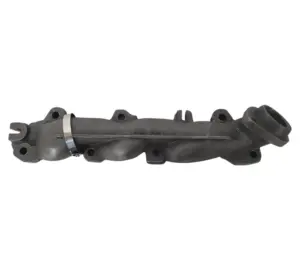
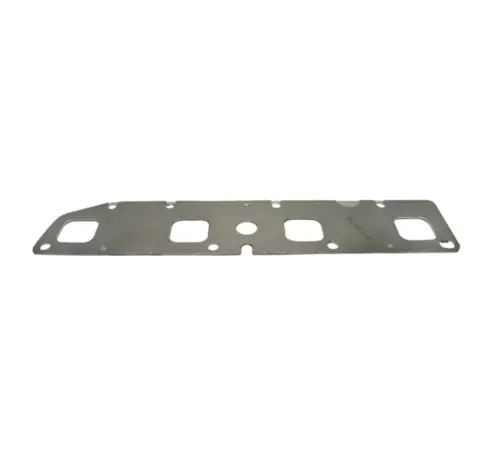
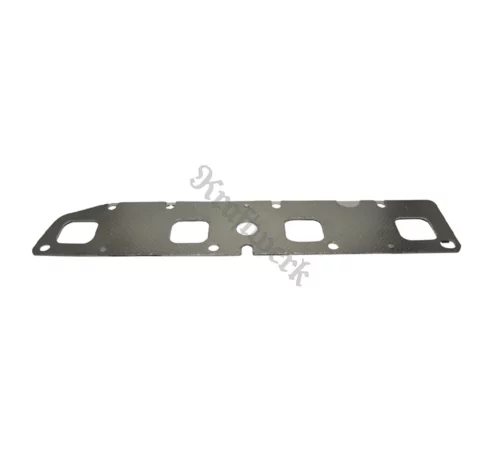
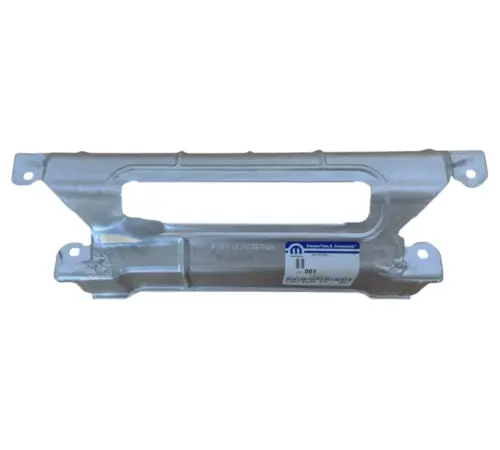
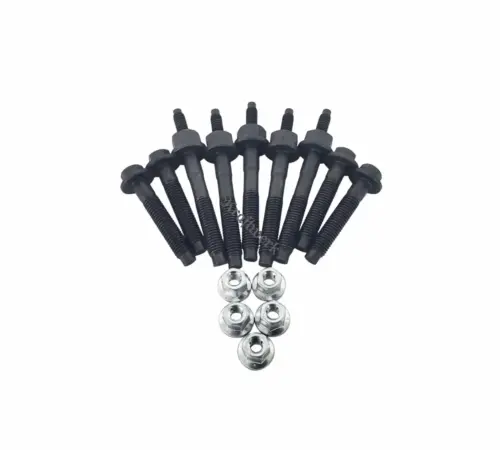
Reviews
There are no reviews yet